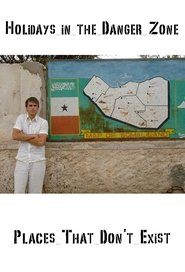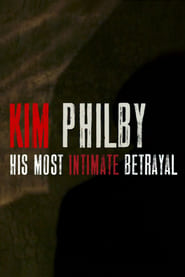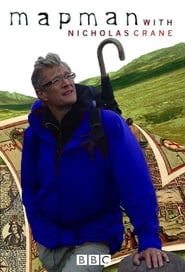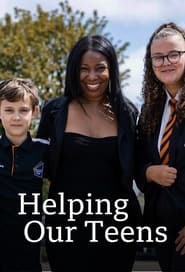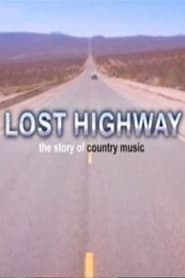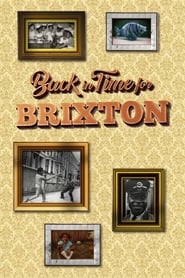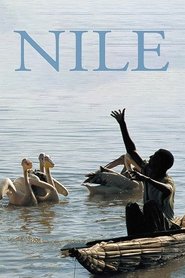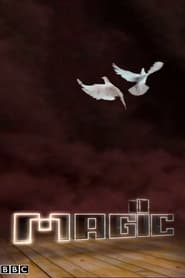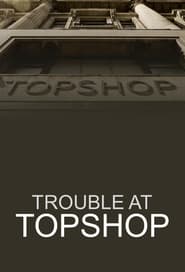Bbc Two TV Series - Page 90
-
Man Alive
0000
star 7Man Alive was a documentary and current affairs series which ran on BBC2 between 1965 and 1981. During that time there were nearly 500 programmes tackling a range of social and political issues, both in the UK and abroad. It was often accused of trying to sensationalise its subjects or interviewees. The series was commissioned by Sir David Attenborough, while he was Controller of BBC2 between 1965 and 1969. British television journalist and presenter Esther Rantzen worked on Man Alive in the mid-1960s. She went on to marry one of the programme's most prominent reporters, and series editor Desmond Wilcox. Wilcox contributed directly to about 50 Man Alive programmes. The Man Alive theme music was composed and played by Tony Hatch and his orchestra. -
Places That Don't Exist
2005
Holidays in the Danger Zone: Places That Don't Exist is a five-part BBC Four series on breakaway states and unrecognised nations, devised, written and presented by Simon Reeve. The series producer was Will Daws. The producer was Iain Overton. The series took the team to little-known parts of the world including Somaliland, recognised as part of Somalia; Transnistria of Moldova; Taiwan; Nagorno-Karabakh of Azerbaijan; Ajaria, Abkhazia, and South Ossetia, all recognized by the United Kingdom as parts of Georgia. The programme and its team were awarded a One World Award in June 2005 for best popular feature. -
Kim Philby - His Most Intimate Betrayal
2014
In this two part special, best-selling author Ben Macintyre explores Kim Philby, the most famous double agent in history. -
Clive Barker: A to Z of Horror
0000
star 8.2Clive Barker's A-Z of Horror was a documentary series first broadcast on BBC2 in 1997. It was written and hosted by Clive Barker and explored the history of horror, from the cinema to art. A tie-in book was released featuring art work by Barker and film reviews by Stephen Jones. Subjects included: ⁕Grand Guignol ⁕Edgar Allan Poe ⁕Tom Savini ⁕George A. Romero ⁕H. P. Lovecraft ⁕Ed Gein ⁕Franz Xaver Messerschmidt ⁕Freddy Krueger -
Classic Goldie
2009
Classic Goldie
2009
Former Maestro competitor and drum and bass pioneer Goldie is invited to compose a piece of music to be performed by the BBC Concert Orchestra in the 2009 Proms season. -
Map Man
2004
Map Man
2004
Map Man is a BBC documentary series first broadcast on BBC Two in 2004 and repeated in 2013. Each episode recounts a particular tale in the history of British cartography, with a particular emphasis on the individuals whose dedication and ingenuity led to the production of some of history's most ground-breaking maps. The show is presented by explorer and writer Nicholas Crane, each week travelling some distance by bicycle, water or on foot to recreate the often treacherous journeys taken in the creation of that episode's map. -
Eòrpa
0000
Eòrpa
0000
Eòrpa is long-running current affairs programme broadcast on BBC Two Scotland and BBC Alba. The series has been running since 1993, and has covered political and social issues affecting Europe and Europeans over that time including issues affecting the Western Isles. It is broadcast weekly in Scottish Gaelic with English subtitles. The programme has also been credited with awards, including Scottish BAFTAs. It is funded by the Gaelic Media Service and produced by BBC Gàidhlig. Eòrpa is shown on BBC Alba on Wednesday at 20:30 and on BBC Two Scotland on Thursdays 19:30. -
Ethelbert the Tiger
0000
Ethelbert the Tiger
0000
Ethelbert the Tiger is a children's animated TV Show. In each episode, Ethelbert, a friendly but naïve Indian tiger cub asks his wise human friend Dilip question, often regarding morals, ethics or behaviour. The pair then set off on Dilip's raft through a magic waterfall which transports them to another part of the world. They invariably meet a new animal friend who can help answer the question and give Ethelbert a different perspective on life. The programme's visual style is very colourful, not unlike silk painting or batik. -
Helping Our Teens
2023
Helping Our Teens
2023
Leading behaviour expert Marie Gentles is heading to Beacon Hill Academy in the West Midlands, where in the aftermath of the Covid-19 pandemic, some of the pupils are struggling. -
The Foods that Make Billions
2010
A documentary series which tells the story of how big business feeds us by transforming simple commodities into everyday necessities and highly profitable brands -
Lost Highway: The Story of Country Music
2003
BBC TWO travels the Lost Highway and uncovers the story of country music on a journey to the heart of America and the music that has come to define it. Randy Travis in BBC TWO's The Lost HighwayFrom the makers of the award-winning series Dancing in the Street and Walk On By comes another major heritage music series charting the history of country music in the words of its greatest performers and producers, musicians and songwriters. 2003 sees the 50th anniversary of the death of Hank Williams, the most iconic figure in country and one of the most revered songwriters of all time. And country is currently enjoying a remarkable renaissance fueled by the international success of the multi-million selling soundtrack to the Coen Brothers movie O Brother Where Art Thou. -
Protecting Our Children
0000
Protecting Our Children is a British documentary television series about social workers in the child protection department in Bristol. Lesley Sharp narrates the series, which was shown on BBC Two from 30 January - 13 February 2012. -
Melvyn Bragg on Class and Culture
2012
Melvyn Bragg on Class and Culture is a British documentary series about class and popular culture in the United Kingdom from 1911–2011. It is presented by Melvyn Bragg and was shown on BBC Two in 2012. -
I Love the '80s
0000
I Love the '80s
0000
I Love the '80s is a BBC television mini-series that examines the pop culture of the 1980s. It was commissioned following the success of I Love the '70s and is part of the I Love... series. I Love 1980 premiered on BBC Two on 13 January 2001 and the last, I Love 1989, on 24 March 2001. Unlike with I Love the '70s, episodes were increased to 90 minutes long. The series was followed later in 2001 by I Love the '90s. The success of the series led to VH1 remaking the show for the US market: I Love the '80s USA. -
Back in Time for Brixton
2016
A family give up their modern lives for one summer to experience what life was like for Caribbeans who immigrated to Britain in the postwar period. Beginning in 1948, the year the Empire Windrush arrived at Tilbury and discharged its passengers, the Irwin family travel through the 1950s and 60s, guided by presenter Giles Coren and social historian Emma Dabiri who introduce them to their new homes as well as the events of the time. Along the way the Irwins discover the food, work and entertainment of first-generation immigrants making their lives in Brixton. -
Mastercrafts
2010
star 8.5Monty Don, a huge fan of traditional crafts, presents Mastercrafts, the programme which celebrates six of the traditional crafts that built our nation and its heritage -
Nile
2004
Nile
2004
Nile is a 2004 BBC Television documentary that tells the history and natural history of the Nile. -
Magic
2004
Magic
2004
Series which gives a definitive guide to the history of performance magic from Ancient Egypt to 21st century Las Vegas, and why it has played such an important role in our social and cultural history. -
Trouble at Topshop
2022
star 2The story of the rise and fall of an iconic fashion brand and of an entrepreneur with ambitions to be king of the high street.

